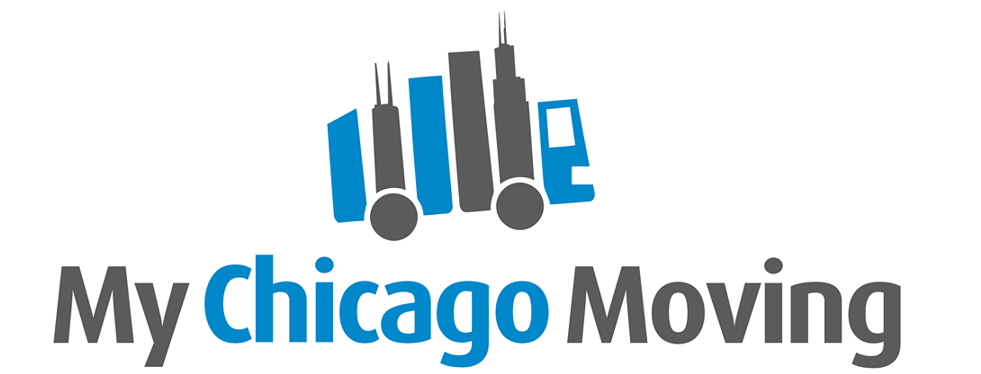Are you within the return period?
This one’s a no-brainer. If you’re still within the return period (which is often extended beyond normal guidelines during the holiday season), keep your box.
Some retailers, such as Best Buy in the US, do accept returns sans boxes (which eventually appear as “Open Box” items on the sales floor), but you can ensure the smoothest and easiest return process by including the box the product came with.
Can you resell the product when you upgrade?
I don’t know about you, but there’s something about an included box that makes a used product that much more enticing.
Selling a used item with the original box can help instill a little confidence in the buyer that you’re capable of taking care of your equipment. If you plan to sell your phone, computer or even camera through an online marketplace sometime in the future, consider keeping the original packaging. It will likely boost your cred and make your product more attractive than gadgets housed in lackluster bubble wrap.
Do you plan to move soon?
Some products — especially oddly shaped items — are much easier to move with their original box and styrofoam support. TVs, for example, can be a hassle to wrap and transport, as can monitors, larger printers, gaming consoles and small appliances. The styrofoam (and the included box) will help keep the product secure, easy to move and a breeze to unbox when you’re ready to settle it into its new home.
Are you a hoarder?
Do you have a pile of product boxes from years past? Do they sit there, collecting dust, bearing no purpose at all? If you answered “yes” to even one of these questions, you may be hoarding. In some rare cases, you may decide to keep a product box for storing a device you’ll one day retire, but keep around (often seen with iPhones). But in most cases, product boxes have no use and should be broken down and recycled.
If you still have a box for a product you no longer use and you don’t plan on selling it, it may be time to get rid of both.



